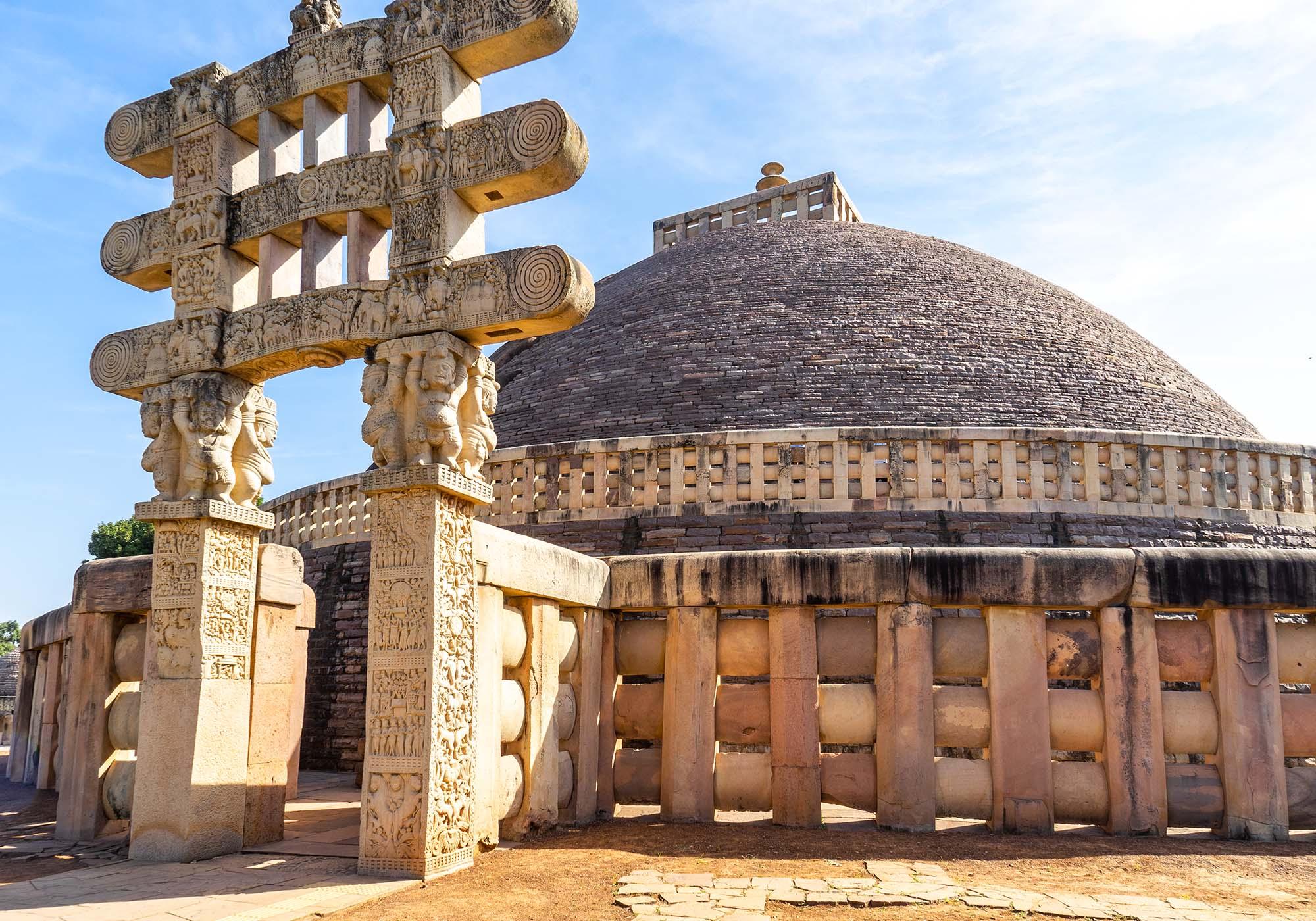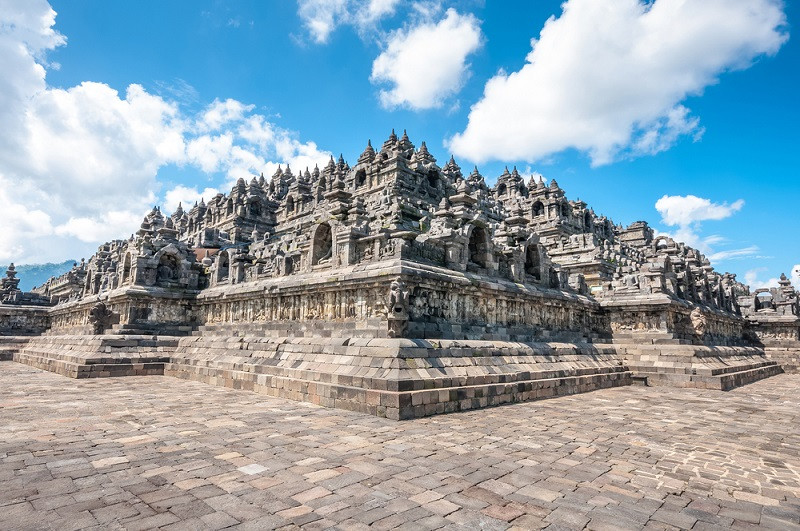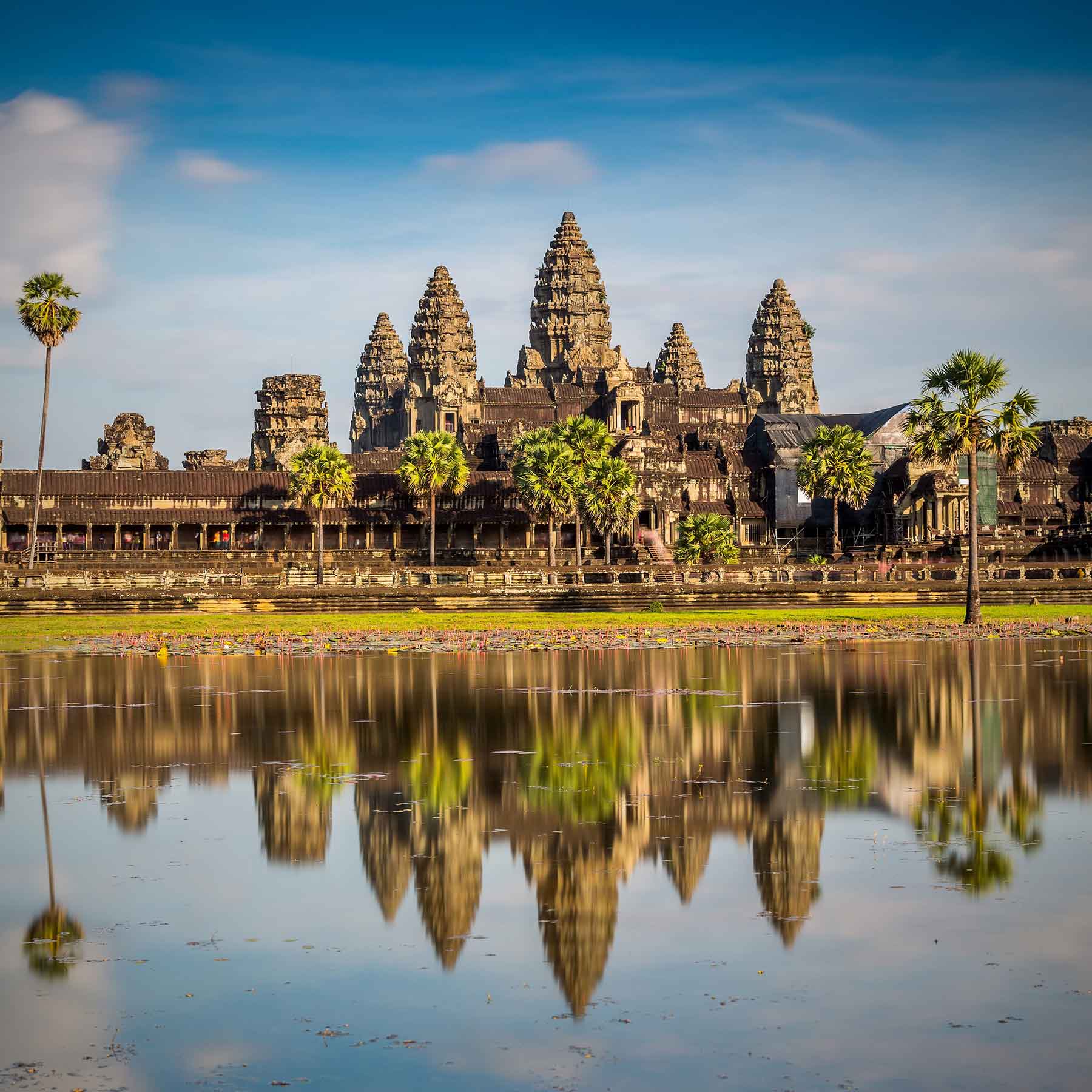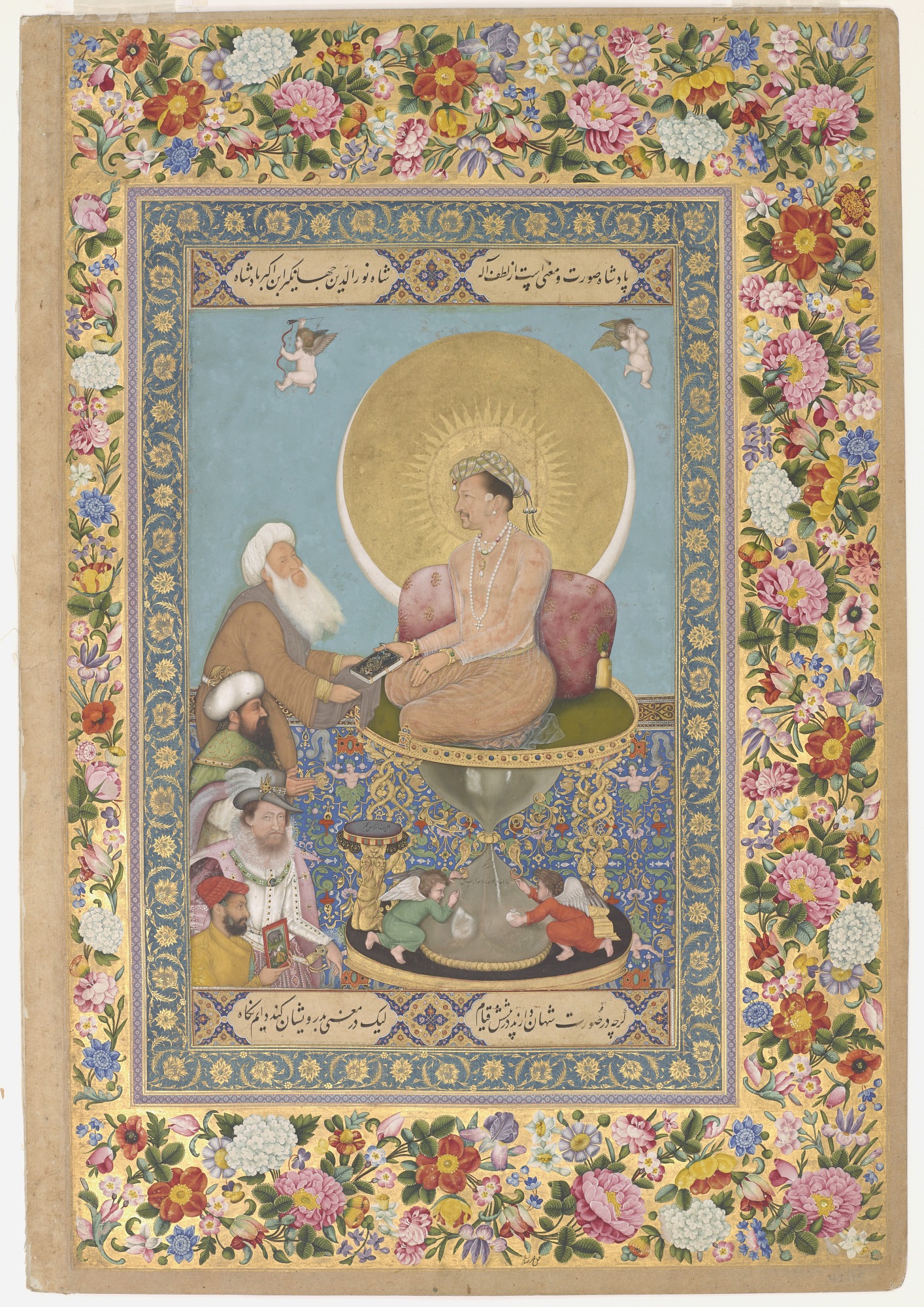8.2 India and Southeast Asia 🇮🇳 🇮🇩 🇰🇭
3 min read•october 29, 2020
Charly Castillo
AP Art History 🖼
34 resourcesSee Units
India and Southeast Asia 🇮🇳 🇮🇩 🇰🇭
But before we do that, you may be wondering why we decided to group India and Southeast Asia together, since they're two geographically and culturally distinct areas 🧐? During this time period, the majority of people in both India and Southeast Asia practiced Hinduism and Buddhism (although there were also Jains, Muslims, and other religious groups), which is why they're placed together. Nowadays, those religions are still widely practiced in the area, except in Indonesia, where the majority of the population practices Islam 🕌
Architecture and Sculpture
Buddhism
Buddhist architecture revolves around the stupa, a shrine that stores spiritual objects (reliquary) and is considered to be the living presence of the Buddha and other religious figures like nuns and monks. The number of stupas at each building depends by work and can range anywhere from one (as in the case of the Great Stupa) or 1,500 at Borobudur, which shows these buildings' diversity. Because you can't go inside of stupas, visitors pray by circumambulating (walking around 🚶) the structures in the direction of the Sun's movement ☀️, showing cosmology's importance in Buddhism. They are also hemispherical and shaped similarly to the Sun.
Buddhist architecture is also known for their carvings which can be seen on their toranas (gateways, seen below in the first image ⬇️) and on high-relief sculptures either on or surrounding the buildings.

Image Courtesy of World Heritage Journeys. Great Stupa.

Image Courtesy of the Jakarta Post. Borobudur.
Hinduism
In Christianity, a church is a place for a congregation to worship, but in Hinduism, temples are considered to be the home of a god or goddess 🏠, not a place for large groups of worshipers. Despite this, Hindu temples have small, intricate rooms inside for priests and people to individually visit. This attention to detail is also seen on the exterior of the Hindu architecture, mainly because of its corbelled gallery roofs (shown below ⬇️), which make the buildings look similar to a beehive. The outside of these temples are also covered with horror vacui sculptures (cramped figures with little empty space), usually of maithuna (divine couples), and some may have sculptures inside, as well.

Image Courtesy of Borton Overseas. Angkor Wat.

Image Courtesy of Wikipedia (CC BY-SA 3.0). Lakshmana Temple.
Painting
When you first look at the painting below ⬇️, you may notice the wide array of colors used and its intricate patterns, which are two of the most common characteristics of Indian paintings. They are also crowded with motifs (in this case, geometric and floral ones), but not as cramped as the horror vacui seen in the architecture and sculptures of this unit. Some paintings, including Jahangir Preferring a Sufi Shaikh to Kings (which is the work below), were influenced by European art 🎨 and show the effect of cross-cultural interactions on works from India and Southeast Asia.

Image Courtesy of the Smithsonian Institution. Jahangir Preferring a Sufi Shaikh to Kings.
❓Visual and Contextual Analysis: What parts of this work may have been influenced by earlier European art movements, religion, and historical figures?
Browse Study Guides By Unit
🗿Unit 1 – Global Prehistoric Art, 30,000-500 BCE
🏛Unit 2 – Ancient Mediterranean Art, 3500-300 BCE
⛪️Unit 3 – Early European and Colonial American Art, 200-1750 CE
⚔️Unit 4 – Later European and American Art, 1750-1980 CE
🌽Unit 5 – Indigenous American Art, 1000 BCE-1980 CE
⚱️Unit 6 – African Art, 1100-1980 CE
🕌Unit 7 – West and Central Asian Art, 500 BCE-1980 CE
🛕Unit 8 – South, East, and Southeast Asian Art, 300 BCE-1980 CE
🐚Unit 9: The Pacific, 700–1980 ce
🏢Unit 10 – Global Contemporary Art, 1980 CE to Present
🙏Exam Reviews

Fiveable
Resources
© 2023 Fiveable Inc. All rights reserved.